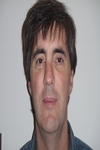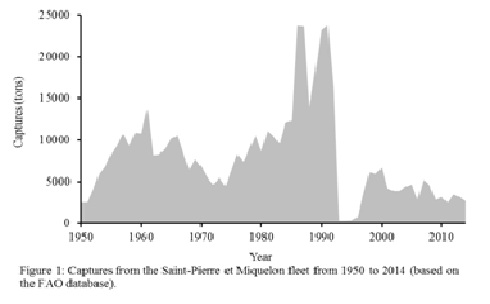Day 1 :
Keynote Forum
Thomas Landry
Department of Fisheries and Oceans
Canada
Keynote: Shellfish aquaculture–environmental interaction in relation to the impact of aquatic invasive species

Biography:
Thomas Landry is a Senior Marine Research Biologist with the Department of Fisheries and Oceans Canada and an Adjunct Professor at the Atlantic Veterinary College, with over 30 years of research experience and 60 publications. His work is primarily focused on the optimization of bivalve production within a healthy ecosystem for purposes of sustainable harvesting. Thomas has served as a member of the ICES Working Group on "The Interaction of Mariculture with the Environment" for the past 8 years. His present research is focused on shellfish aquaculture, aquatic invasive species, bivalve physiology and genetics, and investigations on the interactions between bivalves and the environment. He serves on various professional committees and working groups concerned with the development of shellfish aquaculture in Canada. He co-chaired and participated in the organizing committees of several international and national conferences.
Abstract:
Shellfish aquaculture in Prince Edward Island (
Keynote Forum
Fabrice Teletchea
University of Lorraine
France
Keynote: Fish domestication in aquaculture: Trends and emerging questions
Time : 11:25-12:00

Biography:
Fabrice Teletchea is working on Fisheries from the past 15 years. He had first worked on Fish Taxonomy and then moved to the study of Fish Domestication in Aquaculture. He also developed a comparative framework of the reproductive strategies of European freshwater fish species in order to better understand the different trade-offs observed at the early life stages of fish, to help domesticating them more efficiently.
Abstract:
Historically the bulk of aquatic products destined to human consumption came from the capture of wild fish in nature. Yet, partly due to the stagnation or even decline of global capture fisheries since the late 1980s, aquaculture has tremendously increased in the past decades. This has resulted that since 2014, and this for the first time ever in human history, half of the fish consumed throughout the world are farmed. The exponential growth of aquaculture has chiefly relied on the domestication (which is by definition a long and endless process during which animals become adapted to both humans and captive conditions) of an increasing number of both freshwater and marine fish species, particularly since the 1980s for the latter. The first goal of the present study is to describe how fish farming has evolved throughout the world in the past decades by using a new classification published in 2014, which contains five levels of domestication: from 1 (first trials of domestication) up to 5 (the entire life cycle is closed in captivity and selective breeding programs are used to increase specific traits, such as growth). Then, mainly based on the major finfish species produced worldwide, such as the common carp (Cyprinus carpio), the tilapia (Oreochromis niloticus) or the Atlantic salmon (Salmo salar), the second goal is to discuss three main emerging questions: (i) Is there a link between domestication level and the volume of production? (ii) Is domestication of fish species going too fast?, and (iii) Following what has occurred on land in the past millennia, should we now focused on a small number of species (such as cattle, pig, sheep, horse and goat) that will be strongly selected and introduced throughout the world and ultimately represent virtually the only fish products available worldwide.

